
History of Duportail House
A Role in the American Revolution
In 1740, a Welsh Quaker named John Havard, Jr. built a stone farmhouse on a large William Penn land grant, amid the fertile fields of Chester County’s Great Valley. During the Continental Army’s encampment at Valley Forge in 1777-78, the Havard family played host to a guest from France, General Louis Lebègue Duportail. Recruited by Benjamin Franklin, Duportail served as the army’s Chief Engineer, designing fortifications at Valley Forge that could enable Washington’s troops to hold off a potential attack by the British army, which was encamped in nearby Philadelphia.
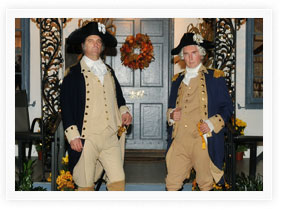
Cressbrook Farm
Fortunately, those defenses were never tested. After the departure of Washington, Duportail, and the Continental Army, the house and surrounding farm remained in the Havard/Davis family until 1903. In April of that year, the property was purchased by Lawrence McCormick, who was the general manager of the elegant Bellevue Stratford Hotel in Philadelphia. The property became known as Cressbrook Farm at this time because watercress grown in the streams on the property was used in the kitchens of the Bellevue Stratford. It was during renovations of the house for Mr. McCormick that General Duportail’s original map of the Valley Forge defenses was found in the attic rafters. Since 1908, the map has been in the collections of the Pennsylvania Historical Society.
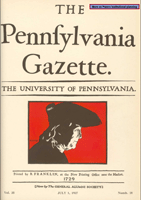 Ivy League Aspirations
Ivy League Aspirations
In 1926 the property was acquired by Henry L. Woolman, a University of Pennsylvania alumnus who subsequently donated it to the University. Penn proposed to build a suburban campus for some of its undergraduate students, with administrative headquarters at Duportail House, but these plans were put on hold during World War II and eventually abandoned. In 1974, the Fox Companies purchased the land from the University to become part of an 865-acre planned community development known as Chesterbrook. When the development was finally approved in 1978, Fox was able to repair some of the Duportail structures. In 1985, the buildings and three acres of the original farm were conveyed to the non-profit organization that continues to manage the property today. Click here to view a PDF of the University of Pennsylvania Gazette from 1937. It tells the campus story.
History of the Federal Barn
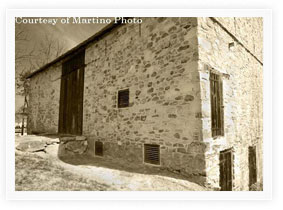
A Unique Inscription
On an inside wall of the barn at Duportail are inscribed the words “The Federal Barn1792,” as well as “Jonathan Moor his work” and “John H. Moor 1792.” While the 1792 date of construction means that the barn was not in place at the time of General Duportail’s visit, it is nonetheless an historic site, being the only known bank barn in Pennsylvania to be signed by its builder. In poor shape by the time the property was acquired by the Fox Companies in 1974, repairs were made to the stonework prior to the barn’s new lease on life in the hands of the non-profit Duportail House organization.
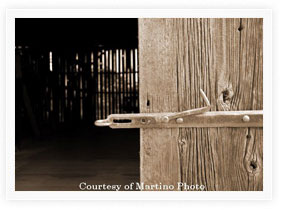
Amish to the Rescue
As with any 200-year-old structure, maintenance is an ongoing challenge for the Federal Barn. With the roof in need of replacement, a structural engineer was hired in 2011 to recommend any steps needed to ensure the barn’s physical integrity. As a result, the Duportail board of directors hired Highline Construction of Christiana, Lancaster County, to make significant repairs in early 2012. Owned and staffed by Amish craftsmen, Highline reinforced the foundation at the rear of the barn and replaced several beams that had reached the end of their useful life. Because of their experience in working with old barns, they were able to locate similar beams that had been salvaged from other barns, complete with the axe marks found on hand-hewn lumber.
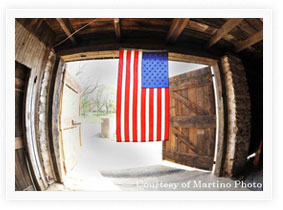
Open for Business
On the exterior of the barn, the doors were replaced using old wood more characteristic of the original design, as well as iron hardware dating to the 18th century. Finally, the roof was replaced with extra-thick cedar shingles that should last for decades. The barn is now available for tours on a limited basis.
Both Duportail House and the Federal Barn are listed on the National Register of Historic Places.

